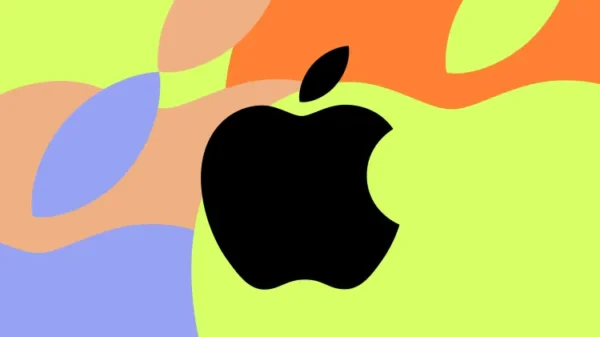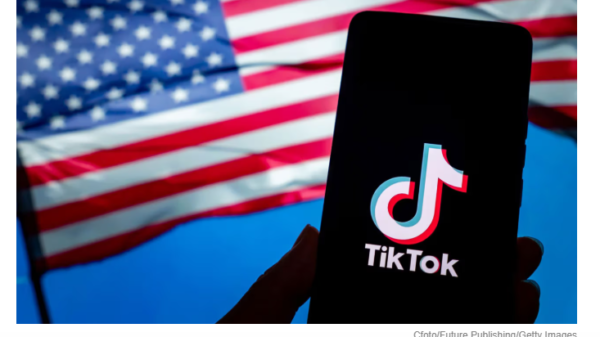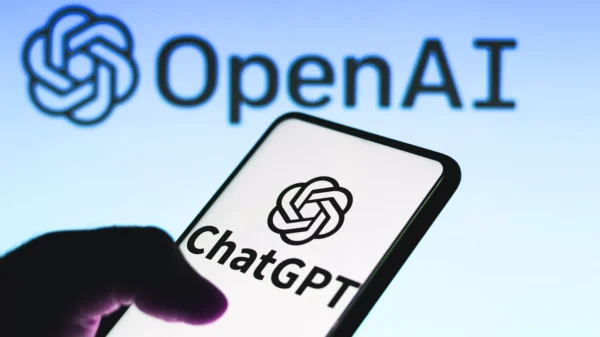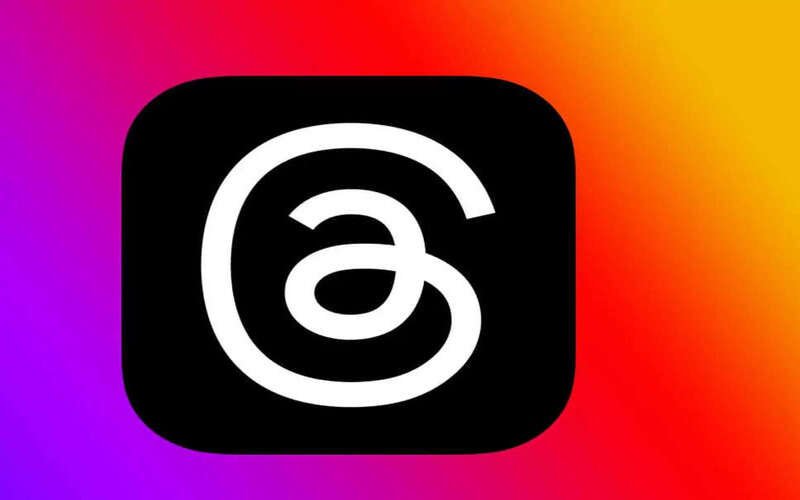According to photos released by app researcher Alessandro Paluzzi, Instagram has been observed working on a feature that users can configure and then communicate with, called an “AI friend.” According to pictures of the functionality, users can share with the AI to “answer questions, talk through any challenges, brainstorm ideas, and much more.”
Users would be able to choose the gender and age of the chatbot, according to the screenshots. Users would then be able to select the personality and ethnicity of their AI. Your AI companion may be described as “reserved,” “enthusiastic,” “creative,” “witty,” “pragmatic,” or “empowering,” for example.
According to the screenshots, you can further personalize your AI companion by selecting their hobbies, which will “inform its personality and the nature of its conversations.” DIY, animals, careers, education, entertainment, music, nature, and more are among the alternatives.
You can choose an avatar and a name for your AI companion after you have made your selections. After that, you would be sent to a chat box where you could initiate a conversation with the AI by clicking a button.
Instagram refused to provide a statement on the issue. Unreleased features, of course, might not ever be made available to the general public or might undergo more changes while still in development.
Risks are associated with the social network’s intention to create and potentially deploy an AI chatbot that would be offered to millions of users as a “friend.” Julia Stoyanovich, an associate professor of computer science and engineering at NYU and the head of the university’s Center for Responsible AI, told TechCrunch that generative AI may fool consumers into believing they are communicating with a natural person.
We are tricked into believing that we are communicating with another human, which is “one of the biggest—if not the biggest—problems with the way we are using generative AI today,” according to Stoyanovich. We are duped into believing there is a connection between ourselves and the object on the other end of the line. It is empathetic. We give ourselves over to it, subjecting ourselves to manipulation or disappointment. One of the principal risks of the “anthropomorphization of AI” is this.
“Whenever people interact with AI, they have to know that it’s an AI they are interacting with, not another human,” stated Stoyanovich in response to a question regarding the kinds of safeguards that should be put in place to protect consumers from hazards. This is the bare minimum of transparency that we ought to require.
The “AI friend” function is being developed simultaneously as debates around AI chatbots have been building for the past year. A U.K. court heard a case where a man claimed that an AI chatbot had inspired him to try to assassinate the late Queen Elizabeth just days before he stormed into Windsor Castle grounds during the summer. The widow of a Belgian man who committed suicide in March stated that her husband was persuaded to end his life by an AI chatbot.
Several social media networks, with varying degrees of success, have introduced AI chatbots. For example, when Snapchat introduced its “My AI” chatbot in February, it was criticized for not including age-appropriate age restrictions. The chatbot was seen to be conversing with minors on subjects, including disguising the smell of marijuana and preparing for sex.
Although the exact AI technologies Instagram will utilize to power the “AI friend” remain unknown, the parent company of the social network, Meta, has already started integrating the technology into its suite of products as generative AI takes off. Meta introduced 28 AI chatbots last month that users can message on WhatsApp, Messenger, and Instagram. Prominent figures like Naomi Osaka, Snoop Dogg, Tom Brady, Kendall Jenner, and Naomi Osaka portray chatbots. It’s important to note that Paluzzi’s June announcement that the social network was developing AI chatbots meant that the release of the AI avatars wasn’t shocking.
These interactive AI personalities are each intended for a specific type of engagement, unlike the chatbot known as “AI friend,” which may converse about many subjects. For example, Billie, the AI chatbot portrayed by Kendall Jenner, is intended to serve as an elder sister figure who may offer guidance on life to younger users.
Instagram is working on a new chatbot called “AI friend,” which encourages more in-depth discussions.



































